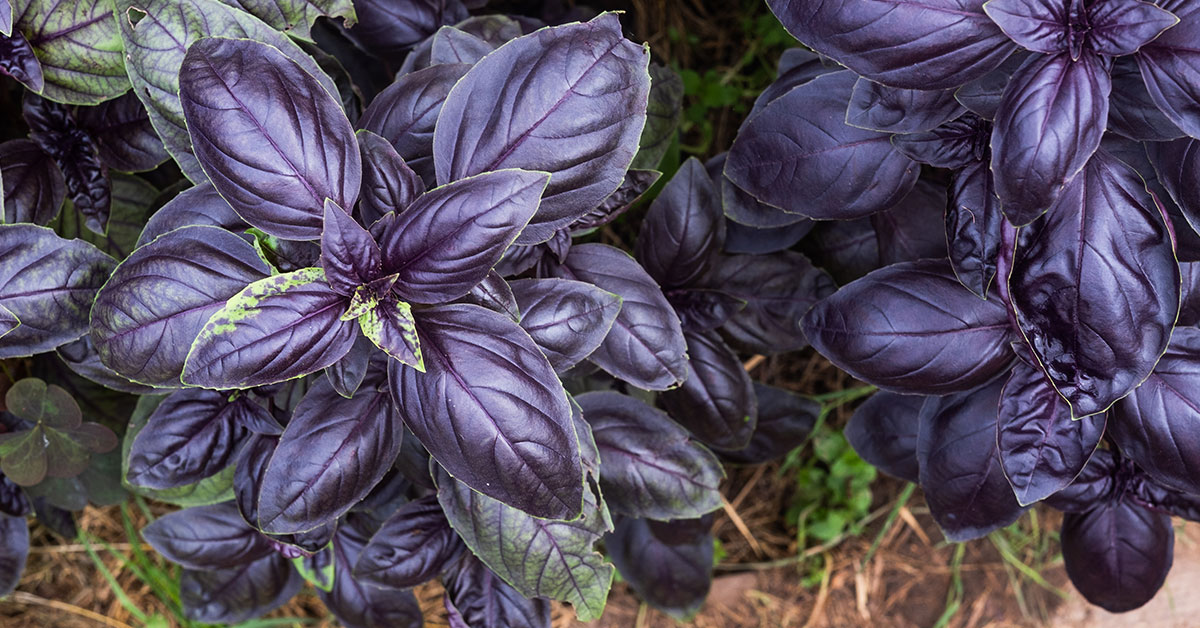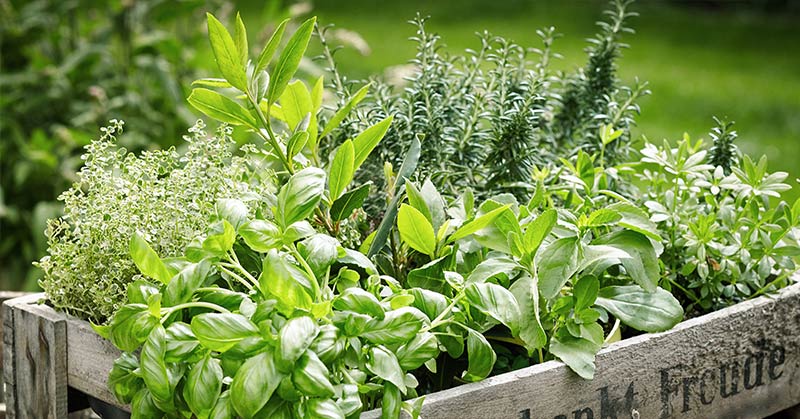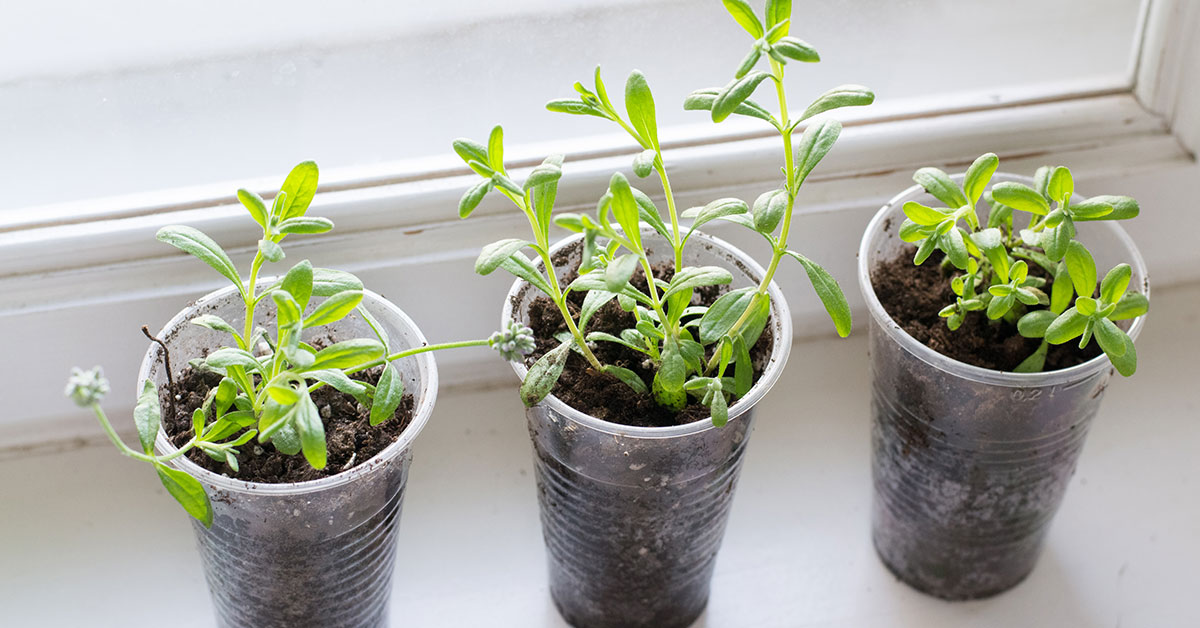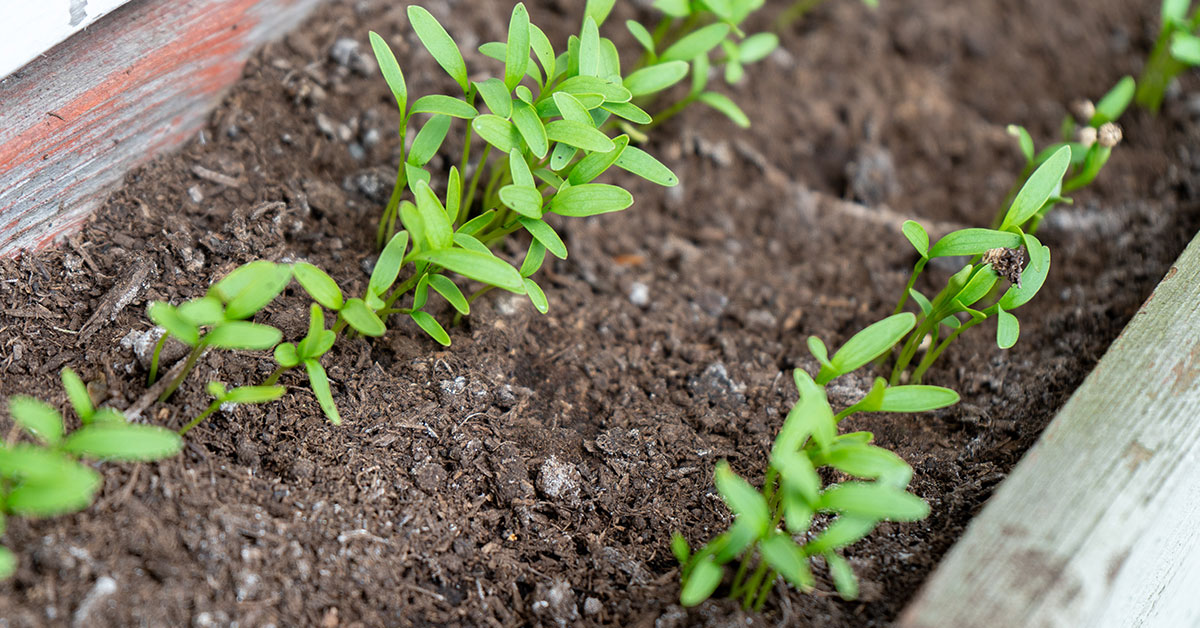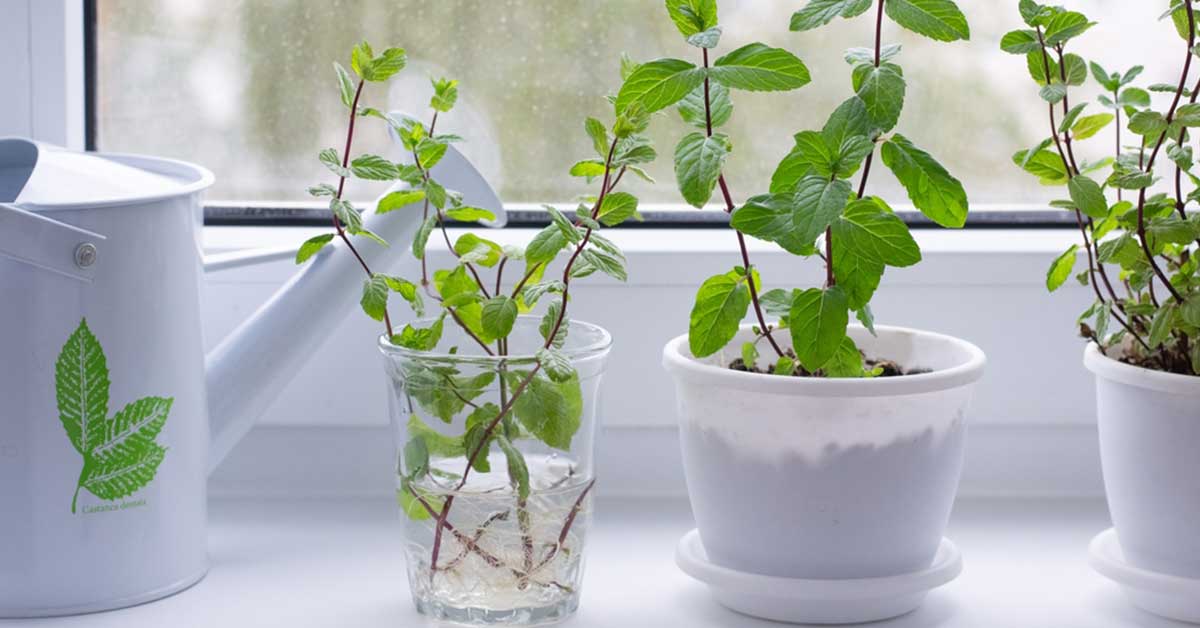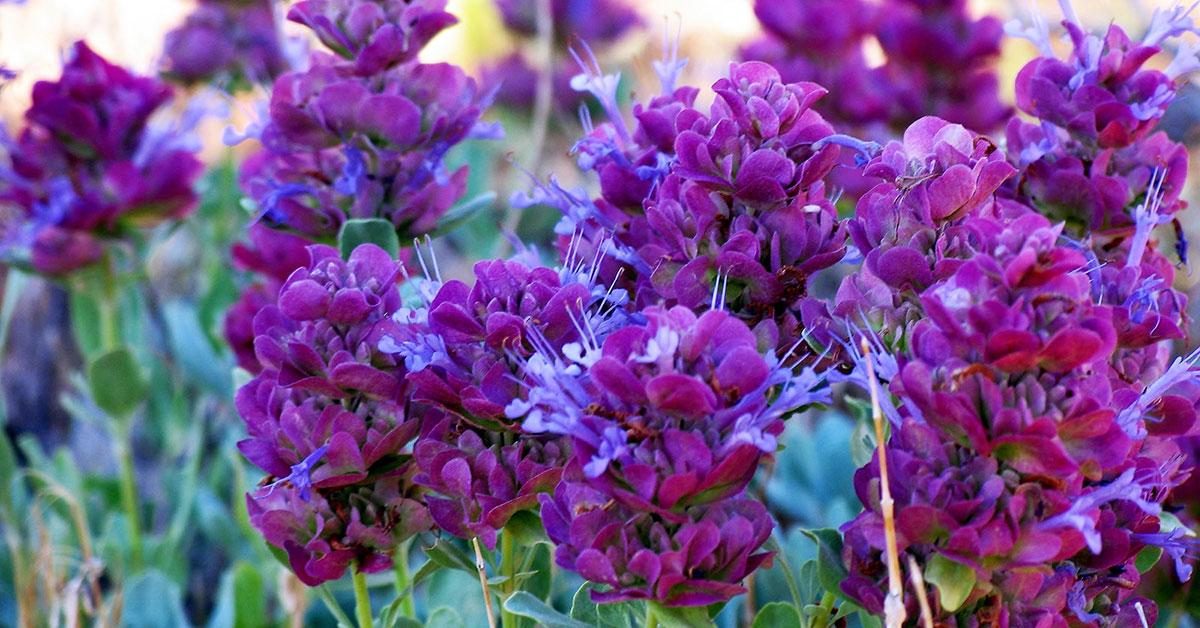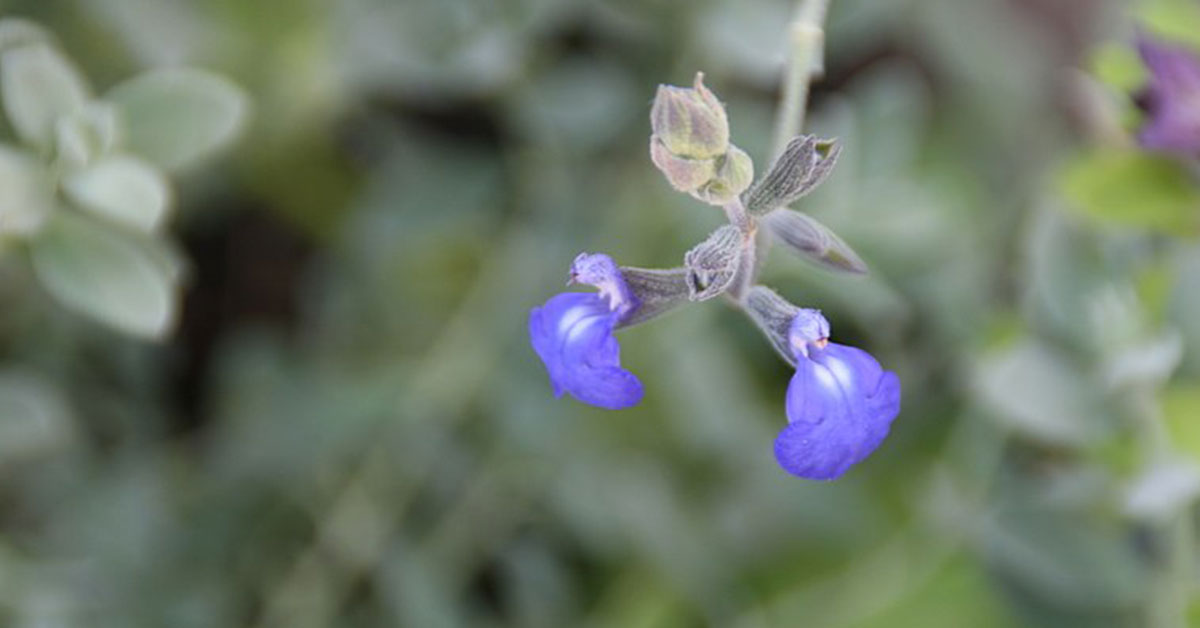Purple basil is a unique and beautiful herb that has recently gained popularity among gardeners and food enthusiasts alike. With its striking purple leaves and delicate aroma, it’s not only a visually stunning addition to any garden but also an ingredient that can take your cooking to the next level. In this blog, we will explore the origins, growing conditions, and culinary uses of purple basil, as well as its potential health benefits. Whether you’re a seasoned gardener or a curious cook, this blog is sure to inspire you to try growing and using this remarkable herb.
What is a Purple Basil?
Purple basil is a unique variety of basil that is known for its vibrant purple leaves. This type of basil is also commonly referred to as dark opal basil, and it is a popular choice among home gardeners and chefs alike.
The plant itself is very similar to other varieties of basil and it can grow up to 2 feet tall. However, the leaves of purple basil are what set it apart from the rest. The deep purple color of the leaves comes from a pigment called anthocyanin, which is also found in other purple plants like blueberries and grapes.
In addition to its striking appearance, purple basil also has a distinct flavor. It has a slightly spicy and peppery taste, which makes it a great addition to salads, pasta dishes, and even cocktails.
Overall, This herb is a unique and flavorful herb that is easy to grow and can add a pop of color to any dish.
What makes Purple Basil different from other varieties?
Purple Basil (Ocimum basilicum ‘Purple’) is a basil variety that stands out due to its vibrant purple foliage. Here are a few characteristics that differentiate this herb from other basil varieties:
- Leaf Color: The most distinctive feature of Purple Basil is its deep purple or burgundy-colored leaves. The color can range from dark purple to reddish-purple, depending on the specific cultivar. This striking foliage adds visual interest to gardens, herb beds, and culinary presentations.
- Flavor: This herb generally shares a similar flavor profile to other basil varieties, such as Genovese Basil or Sweet Basil. It offers a sweet and slightly spicy taste with herbaceous undertones. While the flavor is comparable to green basil varieties, some people claim that purple basil can have a milder, more subtle flavor.
- Culinary Uses: It is used in a variety of culinary applications, just like other basil varieties. Its colorful leaves make it an attractive garnish for salads, pasta dishes, and desserts. It can also be used to infuse oils, vinegar, or spirits for a touch of color and flavor. Keep in mind that prolonged cooking or exposure to heat may cause the purple color to fade, so it is often best used fresh or added near the end of cooking.
- Ornamental Value: This herb is often grown for its ornamental value as well. The striking purple foliage adds beauty and visual interest to gardens, containers, and landscape designs. It can be used as an ornamental plant alongside other flowers or as an accent plant to create color contrasts in garden beds.
It’s important to note that while Purple Basil has its unique visual appeal, it still retains the basic characteristics and uses of other basil varieties in terms of flavor and culinary applications.
Why is purple basil purple?
The purple color of Purple Basil is primarily due to the presence of a group of pigments called anthocyanins. Anthocyanins are water-soluble pigments responsible for a range of colors, including shades of red, purple, and blue, in various plant tissues. These pigments are typically not present or occur in low levels in green basil varieties.
In Purple Basil, the anthocyanin pigments are synthesized in higher quantities and accumulate in the leaves, stems, and other plant tissues, resulting in the characteristic purple color. The specific types and concentrations of anthocyanins present in this herb can vary among different cultivars and environmental conditions, leading to variations in the intensity and shade of purple.
Anthocyanins in plants often serve multiple purposes. While their primary function is related to attracting pollinators and protecting plants from environmental stresses like UV radiation, research suggests that anthocyanins may also play a role in enhancing plant defense mechanisms and providing antioxidant properties.
The genetic makeup and expression of certain genes in Purple Basil varieties contribute to the production of anthocyanins, leading to the purple coloration. This genetic variation and expression regulation are responsible for the unique pigmentation seen in Purple Basil compared to the predominant green color found in most other basil varieties.
How to grow purple basil
Purple basil is a beautiful and flavorful herb that can add a unique twist to any dish. If you’re interested in growing this herb in your garden, here are some tips to help you get started:
- Choose the Right Location: This herb requires full sun exposure and well-drained soil to grow properly. Make sure to choose a location in your garden that receives at least 6 hours of sunlight each day and has soil that drains well.
- Start with Good Seeds: It’s important to start with good quality seeds to ensure a healthy and productive plant. You can purchase seeds from a reputable nursery or online seed supplier.
- Plant the Seeds: Plant the seeds in the soil at a depth of 1/4 inch and space them about 12 inches apart. Water the seeds thoroughly and cover them with a thin layer of soil.
- Water Regularly: Basil plants require consistent moisture to thrive. Water the plants deeply once a week, or more often if the weather is hot and dry.
- Fertilize: Purple basil plants benefit from regular fertilization. Apply a balanced fertilizer every 4-6 weeks during the growing season.
- Prune the Plant: To encourage bushier growth and a fuller plant, pinch off the top of the basil plant when it reaches about 6 inches tall. This will also help to prevent the plant from flowering too soon.
- Harvest the Leaves: Once the plant has grown to a sufficient size, you can begin harvesting the leaves. Use scissors or garden shears to cut the leaves from the stem, being careful not to damage the plant.
By following these tips, you can successfully grow purple basil in your garden and enjoy its unique flavor and beauty all season long.
Other tips for growing Purple Basil
If you’re interested in growing this herb, here are some other tips for growing purple basil:
- Choose the right soil: This herb prefers well-draining soil that is rich in organic matter. Ensure that the soil pH is between 6.0 to 7.5.
- Watering: Purple basil requires regular watering. However, overwatering can cause root rot, so it’s essential to ensure the soil has adequate drainage.
- Sunlight: Like other basil varieties, This herb requires plenty of sunlight to thrive. Ideally, it needs at least six hours of direct sunlight per day.
- Fertilizer: You can fertilize your purple basil with a balanced fertilizer once a month during the growing season. Avoid over-fertilizing, as it can lead to excessive foliage growth and reduced flavor.
- Pruning: To encourage bushy growth and ensure the plant produces more leaves, prune the basil regularly. Pinch off the tips of the stems, and remove any flowers that appear.
- Harvesting: You can begin harvesting the leaves of your plant once the plant has reached about six inches in height. Pick the leaves regularly to encourage new growth.
- Pests and diseases: Purple basil is prone to common basil pests, such as aphids and whiteflies. Regularly inspect the plants for any signs of infestation and take measures to eliminate the pests. Additionally, keep an eye out for any signs of fungal diseases, such as powdery mildew. If you notice any symptoms, remove the affected leaves and treat the plant with a fungicide.
By following these tips, you can grow healthy and flavorful herb in your garden. Happy growing!
Common problems
Purple basil is a beautiful and flavorful herb that can add both color and taste to any dish. However, like any plant, it can be prone to certain problems that can affect its growth and health. Here are some common problems that you may encounter when growing purple basil:
- Poor soil quality: Purple basil requires well-draining soil that is rich in organic matter. If the soil is too compacted, the roots may not be able to get the necessary nutrients and oxygen. To ensure that your plants have the best chance of success, amend the soil with compost or aged manure before planting.
- Overwatering: Basil plants do not like to be overwatered. If the soil is too wet, the roots can become waterlogged and rot. Make sure to water your plants deeply but infrequently, allowing the soil to dry out slightly between waterings.
- Pests: Like other basil varieties, purple basil can be susceptible to pests such as aphids, whiteflies, and spider mites. To prevent infestations, keep the surrounding area clean and free of debris, and inspect your plants regularly for any signs of damage. If you do notice pests, try using insecticidal soap or neem oil to control the problem.
- Disease: Basil plants can be affected by a number of fungal and bacterial diseases, such as fusarium wilt and downy mildew. To prevent the spread of disease, make sure to plant your purple basil in a well-ventilated area with good air circulation, and avoid overhead watering.
By keeping an eye out for these common problems, you can help ensure that your purple basil plants stay healthy and produce an abundance of flavorful leaves throughout the growing season.
Uses
Purple basil is a unique and visually stunning herb that has a wide range of uses in the kitchen and beyond. Here are some of the top ways that you can use purple basil to enhance your cooking, home décor, and more:
- Cooking: Purple basil is a popular ingredient in many Mediterranean and Asian dishes, thanks to its bold flavor and beautiful color. It can be used in salads, pestos, sauces, and marinades, or simply chopped up and added to soups and stews for a burst of fresh flavor.
- Cocktails: If you’re looking for a fun and creative way to use purple basil, try adding it to your favorite cocktails. It pairs well with gin, vodka, and rum, and can add a unique twist to classic drinks like mojitos and margaritas.
- Home décor: Purple basil is not only delicious, but it also makes a beautiful and fragrant addition to any home. You can use it to create a stunning centerpiece, add it to a floral arrangement for a pop of color, or even use it as a natural air freshener.
- Health benefits: Purple basil is rich in antioxidants and has been shown to have anti-inflammatory properties, making it a great addition to any healthy diet. It may also help to reduce stress and promote relaxation.
Overall, purple basil is a versatile and useful herb that can be used in a variety of ways. Whether you’re cooking up a storm in the kitchen or simply looking for a way to add some color and flavor to your home, this herb is definitely worth trying out.
